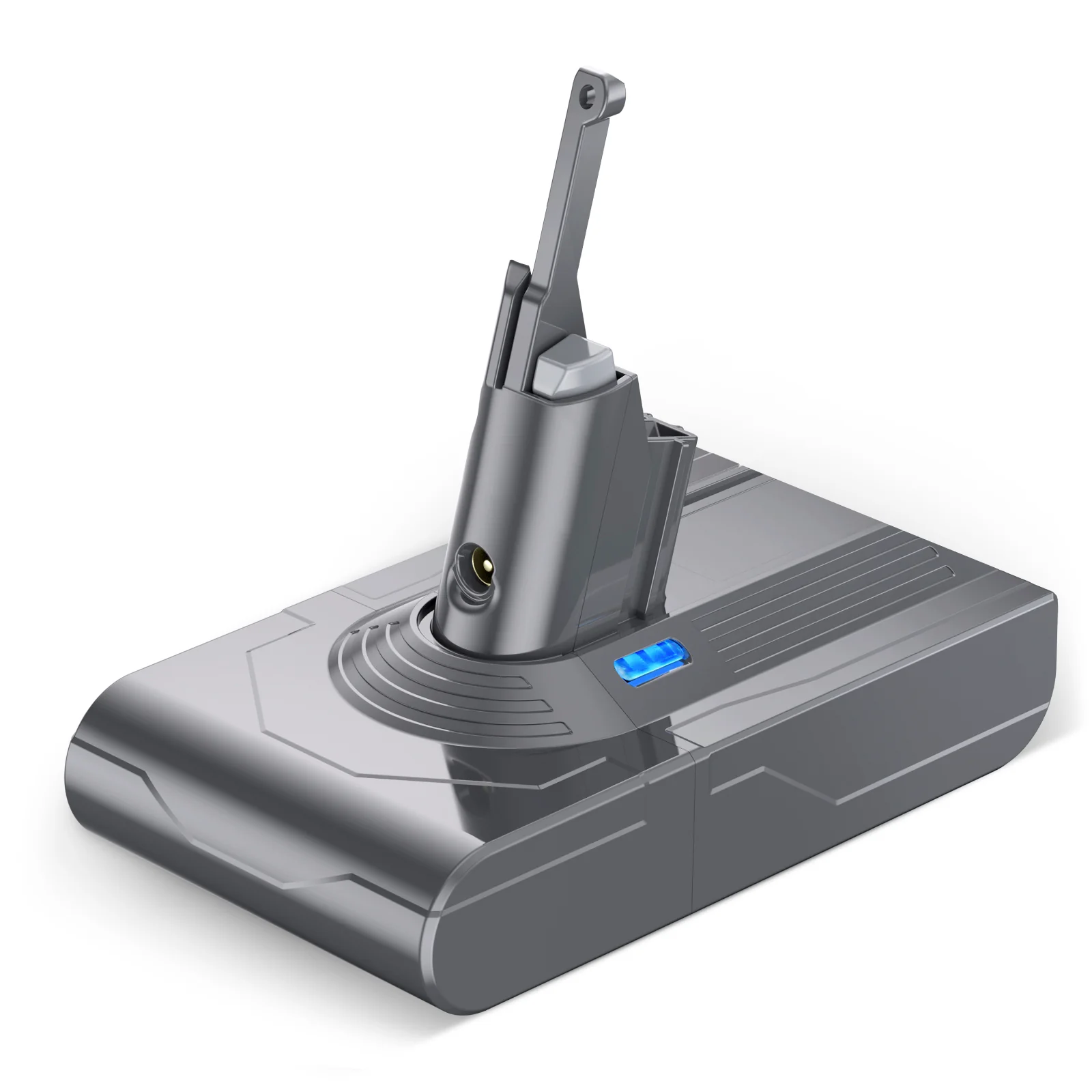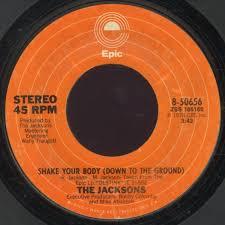Dyson V8 Battery: A Complete User Guide

Cordless vacuums have become a household essential, and the Dyson V8 remains one of the most popular models among everyday users. Its powerful suction, lightweight design, and versatility make it suitable for a wide range of cleaning tasks. However, at the center of this performance lies the battery. The Dyson V8 battery is not just a power source; it determines how long you can clean, how powerful the suction feels, and how reliable the vacuum is over time. In this guide, we will explore everything you need to know about the Dyson V8 battery, from its specifications and lifespan to maintenance, replacement, and practical care tips.
The Dyson V8 uses a lithium-ion battery, the same type of battery technology that powers smartphones, laptops, and electric vehicles. Lithium-ion technology is lightweight, delivers consistent power, and recharges quickly compared to older nickel-cadmium batteries. For the Dyson V8, this means that suction does not weaken as the battery drains. Instead, it maintains a steady level of performance until the charge is nearly empty. The V8 battery is rated at 21.6 volts and usually offers a capacity of around 2800 to 3000 milliamp-hours depending on the version. On a full charge, users can expect up to 40 minutes of runtime in standard mode when using non-motorized tools, and about 25 to 30 minutes with motorized attachments. If you switch to the high-suction MAX mode, the runtime reduces to around seven minutes, which is designed for short bursts of intense cleaning.
Understanding the expected lifespan of the Dyson V8 battery is important for planning ahead. Like any lithium-ion battery, it has a finite number of charge cycles, usually between 300 and 500 cycles before performance begins to degrade. For the average user, this translates to about three to five years of reliable service. However, lifespan can vary depending on usage habits. Heavy daily use, frequent deep discharges, or exposure to heat can shorten the life of the battery, while careful charging and storage can extend it.
A common question among Dyson V8 owners is how to recognize when the battery is nearing the end of its life. The most obvious sign is a noticeable reduction in runtime. If your vacuum once ran for 30 minutes and now shuts off after only 10 or 15 minutes, the battery is weakening. Another symptom is the vacuum cutting out unexpectedly or shutting down soon after being fully charged. Dyson vacuums also display warning lights; for example, a flashing blue light during use often indicates a charging or battery issue.
When the time comes to replace the Dyson V8 battery, users have two main choices. The first option is to purchase a genuine Dyson battery directly from Dyson or authorized retailers. This ensures compatibility and safety but usually comes with a higher price tag, often between 80 and 120 dollars. The second option is to choose an aftermarket replacement battery from a third-party manufacturer. These batteries are usually more affordable, often ranging from 40 to 70 dollars, and some even offer higher capacities than the original, promising longer runtimes. The downside is that quality can vary, so it is important to purchase from reputable brands with positive reviews.
Replacing the Dyson V8 battery is a relatively simple process that most users can do at home. It does not require technical expertise or special tools, just a standard Phillips screwdriver. You simply need to power off the vacuum, remove the dustbin, unscrew the battery housing, and swap in the new battery. The process takes about ten minutes and restores the vacuum to its original performance. For many households, this is far more cost-effective than replacing the entire vacuum.
To get the most out of your Dyson V8 battery, it helps to follow good care practices. Avoid letting the battery drain completely to zero before recharging. Instead, recharge it when you notice power beginning to drop. Store the vacuum and battery in a cool, dry place rather than in a hot garage or near direct sunlight. If you will not be using the vacuum for several weeks, charge the battery halfway before storing it rather than leaving it empty or fully charged. Also, while the V8 is designed to be left on the charger, it is a good habit to occasionally unplug once fully charged if you are storing it long-term.
Some users wonder whether investing in a new battery is worth it compared to upgrading to a newer Dyson model. This depends on your needs. If your V8 vacuum is still in good condition and you are satisfied with its performance, replacing the battery for under 100 dollars is usually the best solution. A new Dyson vacuum can cost several hundred dollars, making a replacement battery a budget-friendly way to extend the life of your appliance by another few years.
It is also worth mentioning what to do with the old battery once it has reached the end of its life. Lithium-ion batteries should never be thrown into the trash as they can be hazardous and pose a fire risk. Instead, take your old Dyson V8 battery to a local recycling facility or a retailer that offers battery drop-off programs. This ensures the materials are safely handled and helps protect the environment.
For everyday cleaning, the Dyson V8 battery plays a critical role in how the vacuum fits into your lifestyle. A healthy battery means the vacuum is ready to handle quick clean-ups after meals, pet hair on the couch, or dirt tracked in from outside. A weak or failing battery, on the other hand, can turn a reliable tool into a frustrating one. By understanding how the battery works, how long it lasts, and how to care for it, users can get the most out of their Dyson V8 for years to come.
In conclusion, the Dyson V8 battery is more than just a power pack; it is the heart of the vacuum that makes cordless cleaning practical and convenient. From providing steady suction and reliable runtime to offering easy replacement and care, the battery ensures the vacuum remains a valuable tool in any household. For users who rely on their Dyson daily, investing time in proper maintenance and replacing the battery when needed can make all the difference in maintaining performance.





